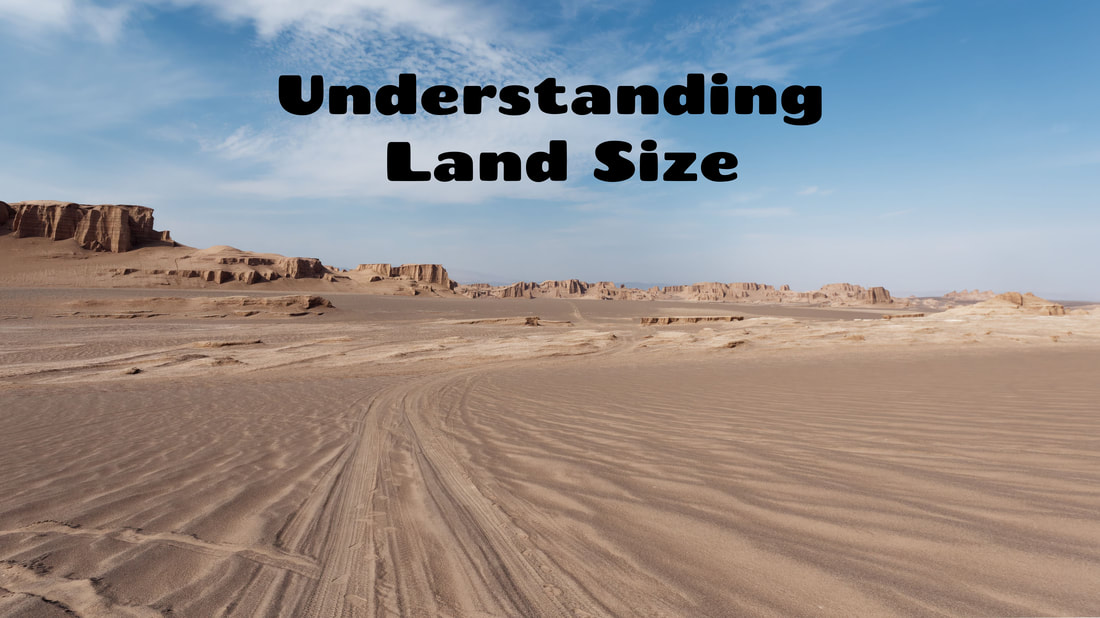|
In the realm of property ownership, the possibilities one can imagine are often as vast as the land one owns. What could you accomplish with an acre of land? And what if you owned 2, 5, or even 20 acres? This article delves into the concept of acreage, provides some context on average home lot sizes, and explores the vast opportunities that different land sizes present... Understanding Land Size: An Acre Explained
Before diving into the potential uses of different land sizes, it's essential to comprehend what an acre means in real-world terms. In the American system of measurement, an acre is equal to 43,560 square feet. To visualize this, imagine a football field without the end zones—it is roughly equivalent to 1.32 acres. Therefore, a full acre is somewhat smaller than this. The Average American Home Lot Size: According to data from the U.S Census Bureau, the average lot size for a new single-family detached home in the U.S. is approximately 0.3 acres or around 13,000 square feet as of my knowledge cutoff in September 2021. Of course, this can significantly vary depending on the location, with more urban areas having smaller average lot sizes and more rural or suburban areas having larger ones. Unleashing Potential: One Acre of Land A single acre of land can be utilized in myriad ways, depending on the owner's needs and the land's geographical location and zoning laws. You could build a residential home and still have ample space for a yard, garden, and trees. Alternatively, you could cultivate a small-scale farm—whether for personal use or commercial sale. An acre could potentially accommodate a small vineyard, or about 400 apple trees if you're interested in orcharding, or even 40,000 square feet of vegetable crops if farming is your preference. Venturing Out: 2 and 5 Acre Lots When you move into the 2 to 5-acre range, the possibilities multiply. In addition to the options above, you could incorporate larger-scale farming operations, raise livestock, or develop extensive gardens. You might also consider building additional structures, such as guest houses, barns, or workshops. For the more environmentally minded, these larger lots could facilitate renewable energy systems. For example, a one-acre solar farm can generate about 350,000 to 400,000 kWh of electricity per year—enough to power over 30 homes. Going Big: 20 Acre Lots With a 20-acre lot, your imagination is the limit. All the opportunities available on smaller lots remain, but on a grander scale. You could establish a large-scale farming operation or livestock ranch, develop a multi-home residential property, or build a retreat center. Such a property could also host a wind farm, a larger solar array, or even a small private forest. Remember, with increasing land size, the need for land management also increases. Larger properties require more maintenance and resources, and depending on their use, may also necessitate additional legal, environmental, and logistical considerations. In conclusion, land ownership offers limitless opportunities, ranging from personal residence and small-scale farming to commercial operations and renewable energy systems. Regardless of the size—be it one, two, five, or twenty acres—each plot of land holds unique potential waiting to be unlocked by imagination, innovation, and hard work.
0 Comments
Leave a Reply. |
AuthorTyler Scott Dedicated to researching real estate across the United States, I invest significant time and effort to explore a wide range of topics within the realm of real estate. This platform covers various aspects related to real estate, providing valuable insights and information.
Archives
October 2023
Categories |
CONTACT US.Office: 720-541-8037
Cell: 970-819-8357 Fax: 970-579-7157 Email: [email protected] Schedule a call HERE |
© COPYRIGHT 2019-2023 Legacy Land LLC | Click here to read our Legal Disclaimer.
Website Design by BonaFide Cowboy Media & Productions |
FOLLOW US. |



 RSS Feed
RSS Feed
